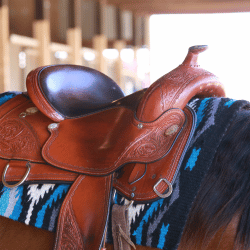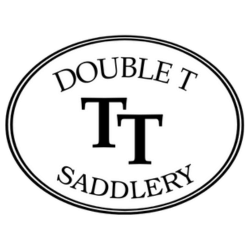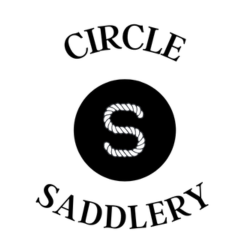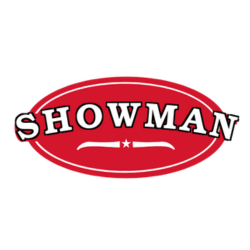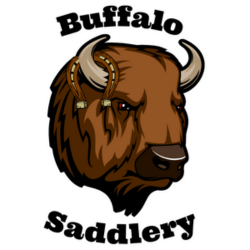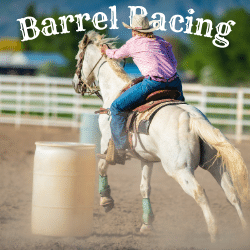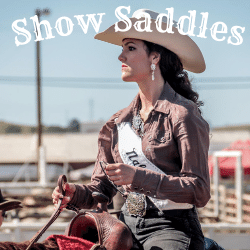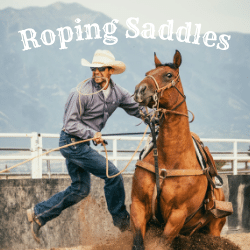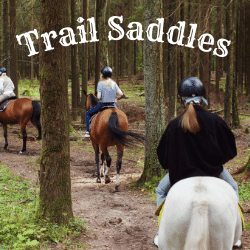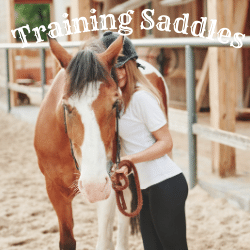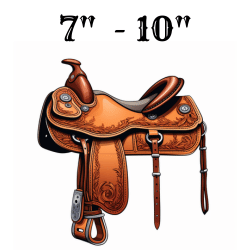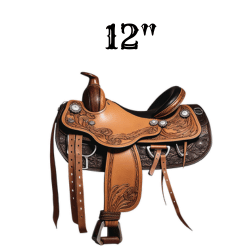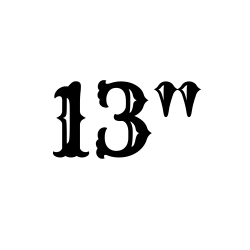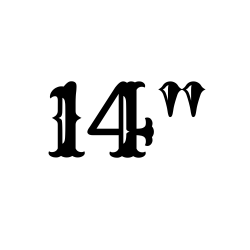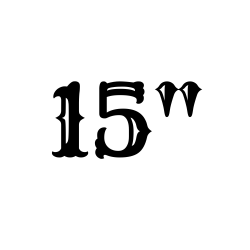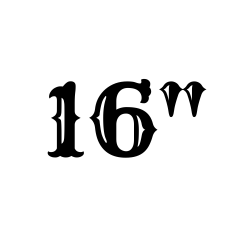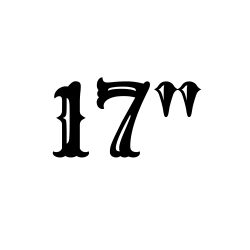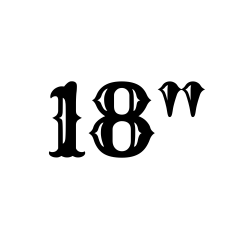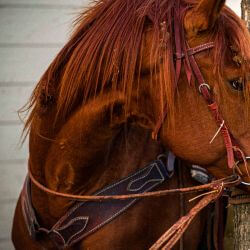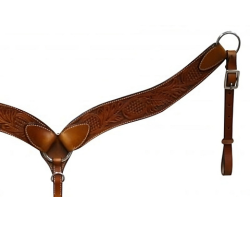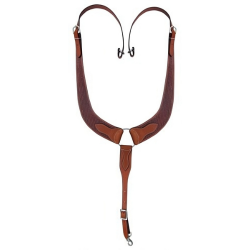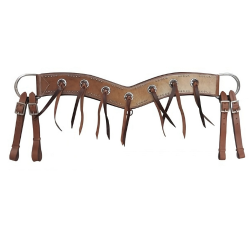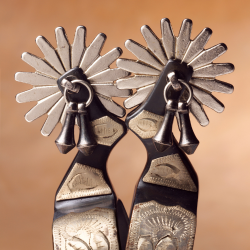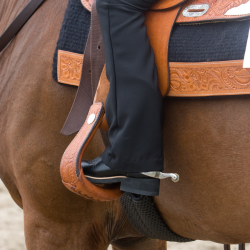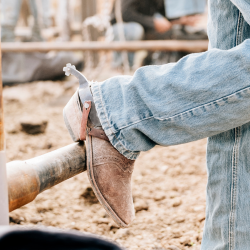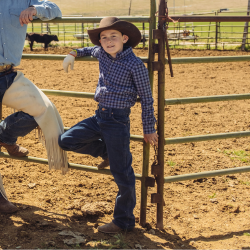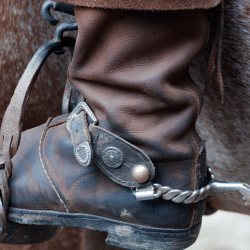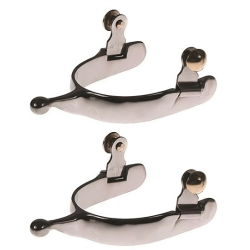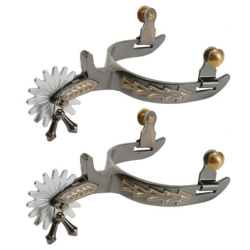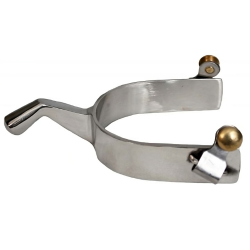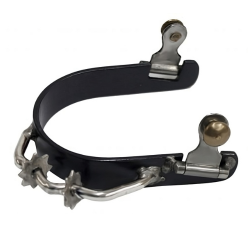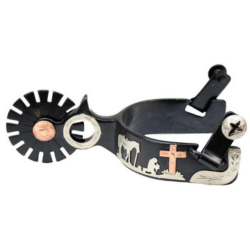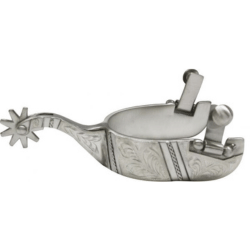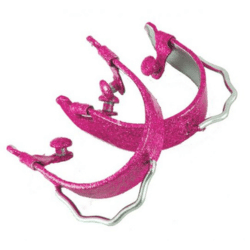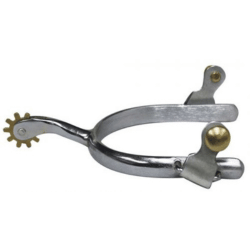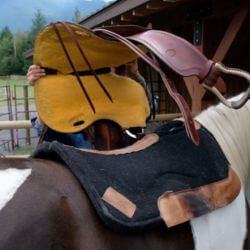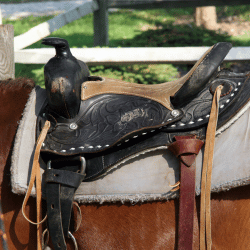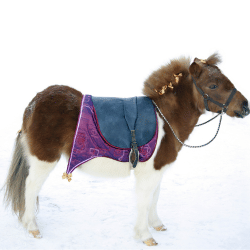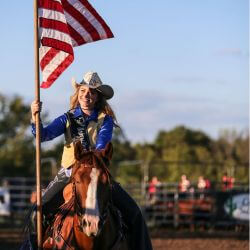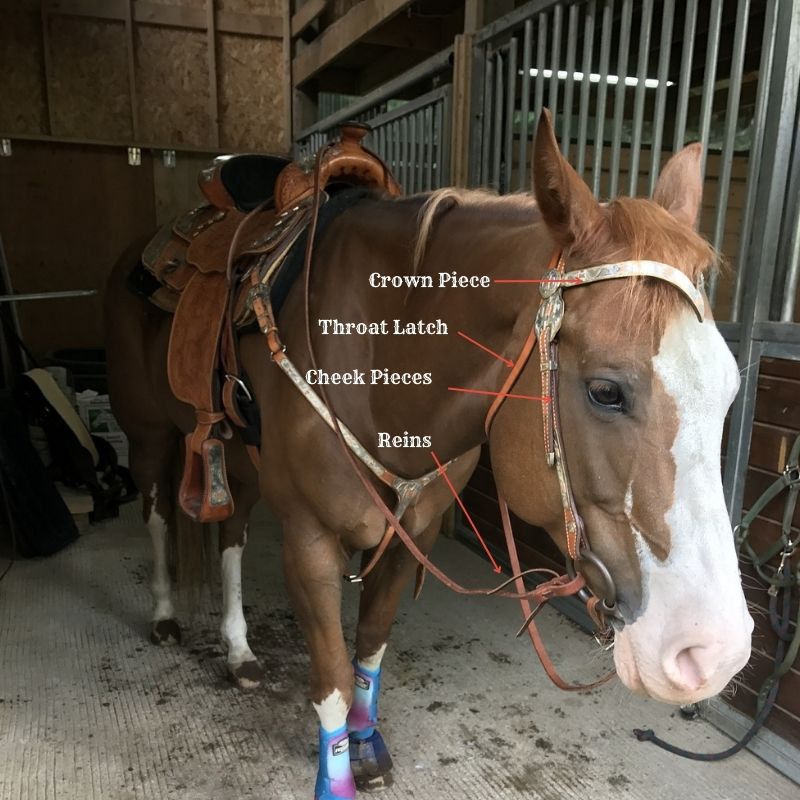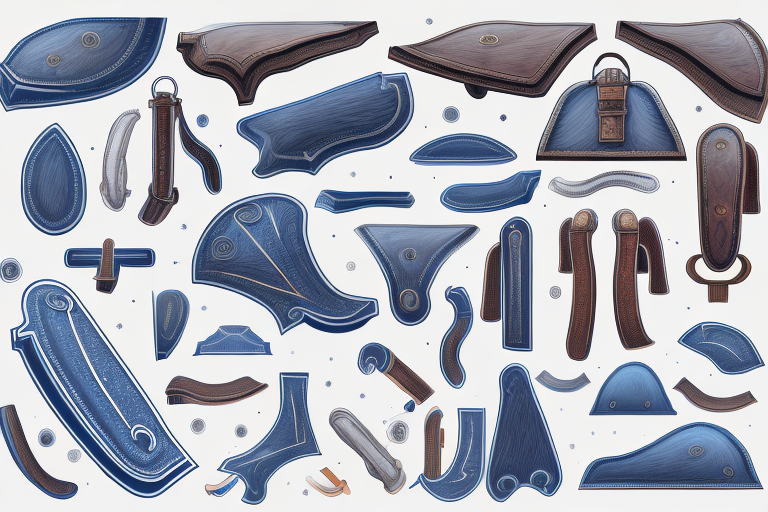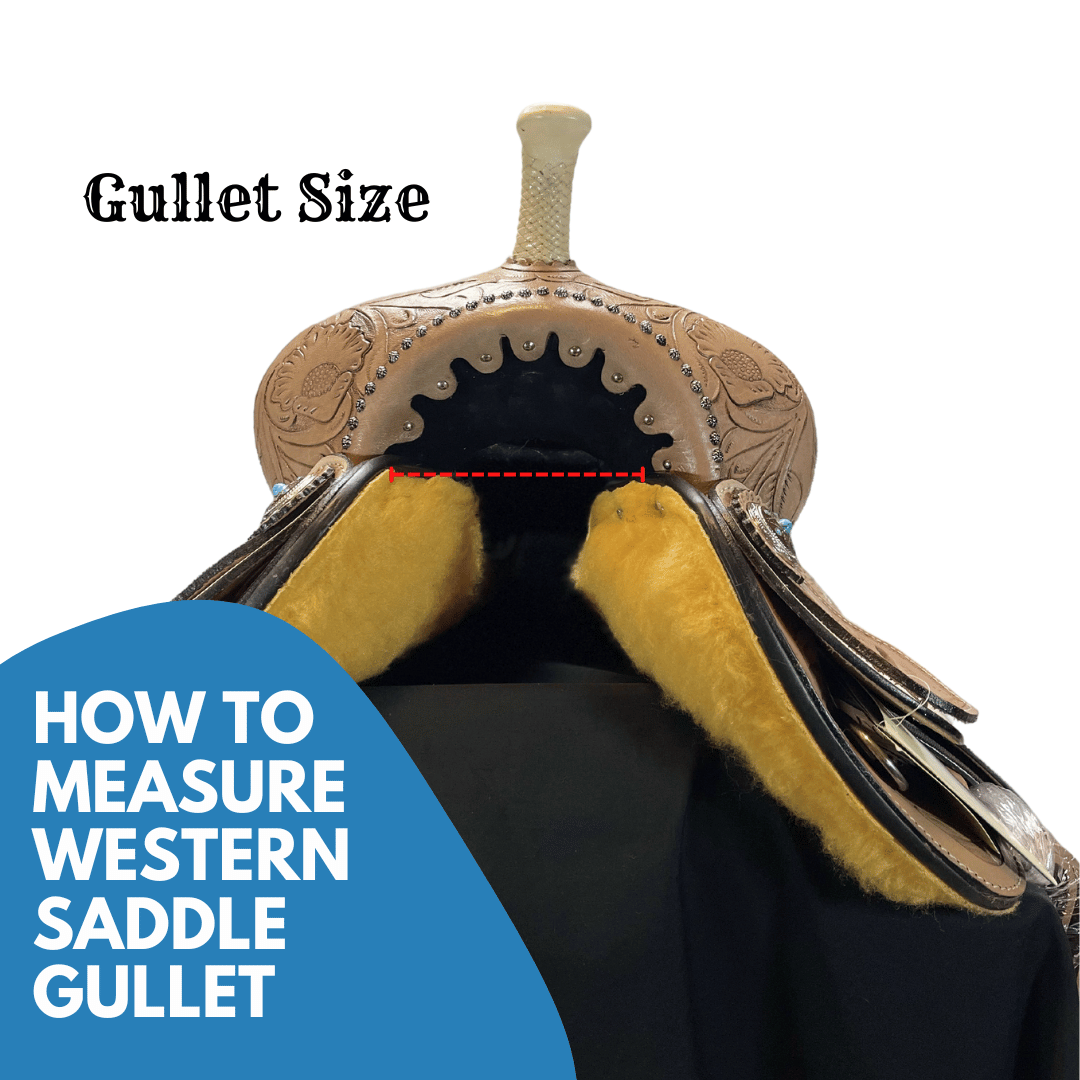Introduction:
In the world of western horse riding, having the right tack is essential for effective communication between rider and horse. One of the most crucial pieces of tack is the headstall, which plays a vital role in controlling the horse's movement and direction. In this comprehensive guide, we'll explore the different types of western headstalls, their components, and the key differences between snaffle and curb bits. This information will help you make informed decisions when selecting the best headstall and bit combination for your horse.

Western Headstalls: Types and Styles
Western headstalls come in various styles and designs, each with its unique features and uses. Let's take a closer look at some of the most common types:
Browband Headstall:
This traditional headstall style features a band that goes across the horse's forehead (brow), connecting the cheek pieces on either side. It is commonly used in western pleasure, trail riding, and training due to its simple and secure design.
Shop Our Collection Of Browband Headstalls Here
One-Ear Headstall:
As the name suggests, this headstall has a single earpiece that slides over one ear, usually the left. It offers a more minimal and sleek appearance, making it popular in show and performance events.
Shop Our Collection Of Single-Ear Headstalls Here
Two-Ear Headstall:
Similar to the one-ear headstall, this design has earpieces for both ears, providing additional security and style. It is often used in events like reining, cutting, and other high-intensity disciplines.
Futurity Knot Headstall:
This headstall is characterized by a decorative knot, called a futurity knot, which sits on the horse's forehead. It combines the aesthetics of a browband headstall with the functionality of an ear headstall, making it a popular choice for various disciplines.
Shop Our Collection Of Futurity Knot Headstalls Here
Essential Headstall Components
Each western headstall is composed of several key parts, which work together to provide a secure and comfortable fit for the horse. These components include:

Crownpiece:
The crownpiece is the strap that goes over the horse's poll (the area between the ears), connecting the cheek pieces and holding the headstall in place.
Cheek Pieces:
These are the straps that run down either side of the horse's face, attaching the crownpiece to the bit.
Throatlatch:
This strap goes around the horse's throat, under the jaw, and is connected to the cheek pieces. It ensures the headstall stays in place and prevents it from slipping off over the ears.
Reins:
Reins are long straps connected to the bit, allowing the rider to communicate with the horse through cues and pressure.
Understanding Bits: Snaffle vs. Curb
Bits are a critical component of the headstall, as they facilitate communication between rider and horse. There are two main types of bits used in western riding: snaffle bits and curb bits. Let's explore the key differences between these two bit styles:
Snaffle Bits:
A snaffle bit is a simple, direct pressure bit that works on the corners of the horse's mouth, the bars, and the tongue. It has a jointed or solid mouthpiece and may come in various shapes and materials. Snaffle bits are considered more gentle and are commonly used for training and everyday riding.
Shop Our Collection Of All Snaffle Bits Here
Some popular snaffle bit types include:
O-ring Snaffle:
This bit features a circular ring on either side of the mouthpiece, allowing the reins to slide freely.

D-ring Snaffle:
Similar to the O-ring snaffle, this bit has a D-shaped ring on either side
Curb Bits:
A curb bit is a leverage bit that works through indirect pressure, using a shank and curb chain or strap. When the reins are pulled, pressure is applied to the horse's chin groove, poll, and mouth. Curb bits are generally used for more advanced riding and in disciplines that require refined control, such as reining and western pleasure.
Some popular curb bit types include:
Ported Curb:
This bit features a raised central "port" on the mouthpiece, which provides tongue relief and applies pressure on the bars of the horse's mouth.
Shop Our Collection Of Port Bits Here
Low Port Curb:
Similar to the ported curb, this bit has a lower and wider port that offers more tongue relief and is considered milder.
Correction Bit:
A correction bit has a port with a roller or multiple rollers, providing more palate pressure and tongue relief. This bit is designed for experienced riders working with horses that need subtle, precise cues.
Shop Our Collection Of Correction Bits Here
When choosing between a snaffle and a curb bit, consider the horse's training level, the rider's experience, and the specific discipline. While snaffle bits are often recommended for novice riders and horses in training, curb bits provide advanced riders with greater control and refinement. However, it is essential to remember that the bit is only one part of the communication system. The rider's skill, sensitivity, and understanding of the horse play a crucial role in ensuring effective communication and control.
Conclusion:
Understanding the various types of western headstalls, their components, and the differences between snaffle and curb bits is essential for any rider looking to ensure effective communication and control while riding. By familiarizing yourself with these elements, you can make informed decisions when choosing the right headstall and bit combination for your horse. Remember that each horse is unique, and it's important to find the right fit and style that works best for both you and your equine partner. With the right knowledge and equipment in hand, you can enjoy a more harmonious and enjoyable riding experience, whether you're a seasoned competitor or a casual trail rider.

